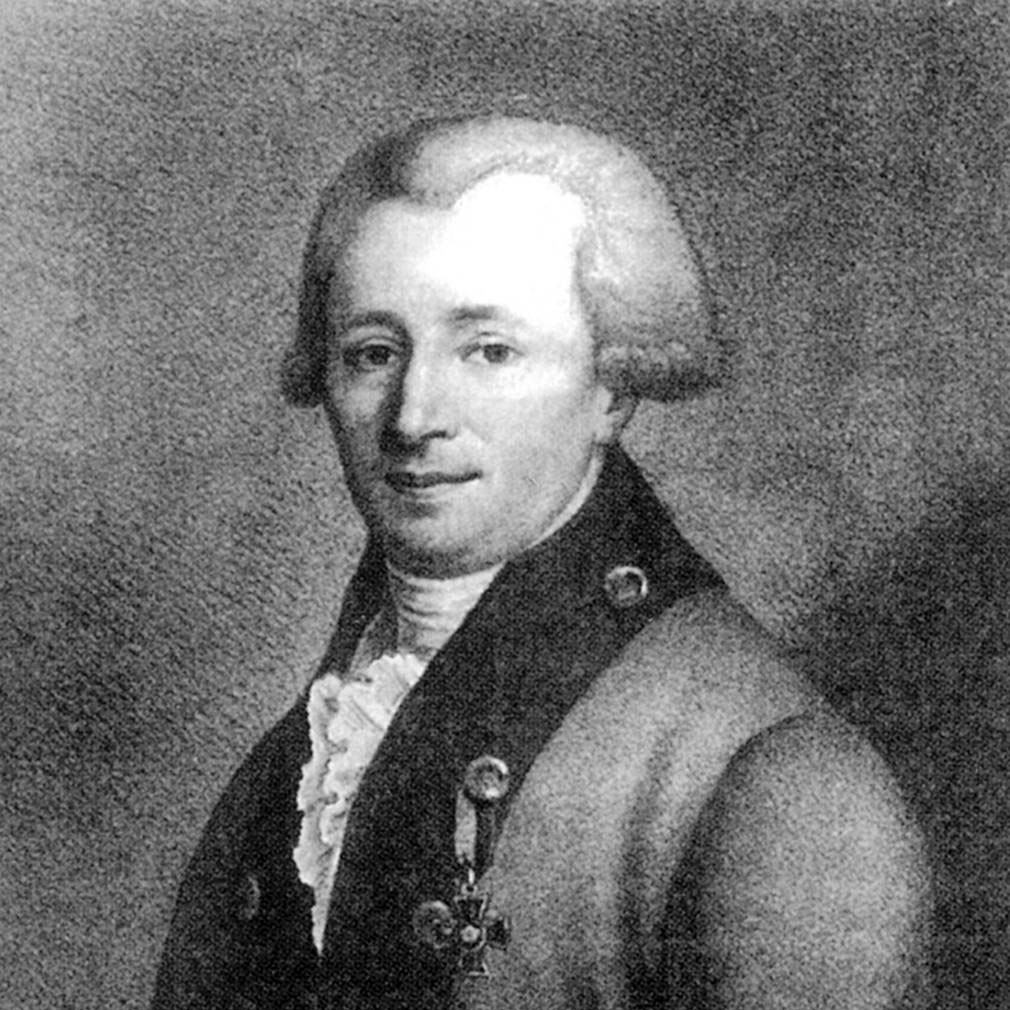- Visit Us Safely
- Opening Hours
- Getting Here
- Admission and Tickets
- Exhibitions
- Virtual 3D Tour
- Kunstkamera Mobile Guide
- History of the Kunstkamera
- The Kunstkamera: all knowledge of the world in one building
- Establishment of the Kunstkamera in 1714
- The Kunstkamera as part of the Academy of Sciences
- The Kunstkamera building
- First collections
- Peter the Great's trips to Europe
- Acquisition of collections in Europe: Frederik Ruysch, Albert Seba, Joseph-Guichard Duverney
- The Gottorp (Great Academic) globe
- Siberian expedition of Daniel Gottlieb Messerschmidt
- The Academic detachment of the second Kamchatka expedition (1733-1743)
- 1747 fire in the Kunstkamera
- Fr.-L. Jeallatscbitsch trip to China with a mission of the Academy of Sciences (1753-1756)
- Siberian collections
- Academy of Sciences' expeditions for geographical and economic exploration of Russia (1768-1774)
- Research in the Pacific
- James Cook's collections
- Early Japanese collections
- Russian circumnavigations of the world and collections of the Kunstkamera
- Kunstkamera superintendents
- Explore Collections Online
- Filming and Images Requests FAQs
Nickolay Ozeretskovsky
Nickolay Yakovlevich Ozeretskovsky (01.07.1750, t. Ozetskoye, Moscow Prov. – 28.02.1827, St. Petersburg) was a naturalist, educator, Ordinary Academician of the Academy of Sciences.
In1758-1767, he studied at the Seminary of the Trinity Lavra of St. Sergius and then was sent for service to the St. Petersburg Academy of Sciences. In 1768–1772, he took part in I.I. Lepekhin’s expedition. In 1774–1778, he attended the universities if Leiden and Strasbourg and received the title of Doctor of Medicine in 1778. In 1779, he became adjunct of the Academy on Natural History and was elected Ordinary Academician in 1782. During his trip along Ladoga and Onega Lakes (1785), headstreams of the Volga and Lake Seliger (1805), he had gathered rich materials about the nature of these areas, their history, everyday life, education, and various statistical data. This material was published in his Journey along Ladoga and Onega Lakes (1792). Author of numerous scholarly and popular articles, he caused significant impact on the improvement of education and organization of science in Russia.
Ozeretskovsky wrote quite a few scholarly works, but most of all he was absorbed in field studies. “For exploration of natural things,” Academy Director Princess Catherine Dashkova wrote in his evaluation submitted to the Senate in 1792, “he had been travelling around Russia by land and sea, gathering all natural stuff for the Academy <…> In addition to that, he collected a good amount of all sorts of minerals and other natural bodies, which he had enriched the collection of rarities in the Imperial Kunstkamera with”.
On May 26, 1800, he was appointed “Superintendent” of the Kunstkamera. N.Ya. Ozeretskovsky was the last director of the Kunstkamera as the Academic Museum, of which he had remained the director up until his death on February 28, 1827. In the first decades of the 19th c., autonomous museums started to emerge within the Kunstkamera. This was finally enshrined in the new Statute of the Academy of Sciences in 1836. The main reason for such division of the Kunstkamera into specialized museums and cabinets were changes in the Academy’s activities, specialization of the science fields, and the progress in sciences. The huge museum material was in need of more comfortable premises for exposition and storage. Scientific processing and study of the collections required further differentiation inside the departments and increased number of specially educated staff. During Ozeretskovsky’s directorship, the Mineral Cabinet (1804), Asian Cabinet (1818), and Egyptian Cabinet (1825) had developed into autonomous museums.
N.Ya. Ozeretskovsky was a passionate explainer of scientific achievements and put many efforts and time into publishing various works for “dissemination of useful experiences and stimulation of interest in those.” He was striving for conveying this knowledge to people through public lectures organized directly within the Kunstkamera and accompanied by demonstration of museum collections. “Taking out a stuffed animal from the cabinet,” litterateur N.I. Grech, who had listened to these lectures in 1800, remembered, “Ozeretskovsky would pass it around explaining its characteristics to the listeners around him.” The work on popularization of knowledge with the help of Museum’s collections was quite a new thing in the science in the late 18th – early 19th cc.
Ozeretskovsky’s assistant at the Museum was Osip Petrovich Belyaev. He worked in affiliation with the Kunstkamera since 1783: first, as interpreter and since 1789, as a Kunstkamera “aid,” and since 1797 and up until the day of his death (1807), he had been working in the position sub-librarian.
In 1793, O.P. Belyaev published a catalogue-guide to the Imperial Cabinet of the Kunstkamera. This catalogue described the memorial exposition of the Kunstkamera dedicated to Peter the Great. In 1800, the guide was republished in a substantially expanded version, with addition of the second and third parts containing “historical descriptions of all things, both natural and artificial, kept in the Kunstkamera” and “the description of Russian and foreign minerals, remains of all sorts, corals <…> , and both ancient and newest Russian and foreign coins.”
Publication, as the author himself pointed out, was intended not only for those who could see the treasures kept in the museum with their own eyes, “but for those, who for the reason of remoteness or any other obstacles, are devoid of the pleasure to see those in person”.
A coherent and carefully composed description of the collections kept in the Museum, numerous notes and, in many cases, references to sources used indicated that the described work had overgrown the frames of a catalogue.
For the beginning of the 19th c., it was a kind of an encyclopedia giving quite a substantial amount of factual data in the natural sciences, history, and ethnography. The description of the ethnographic exposition of the Kunstkamera taking 88 pages of the second section could be essentially considered as the earliest in Russia reference text dedicated to the ethnography of the peoples of the world.
